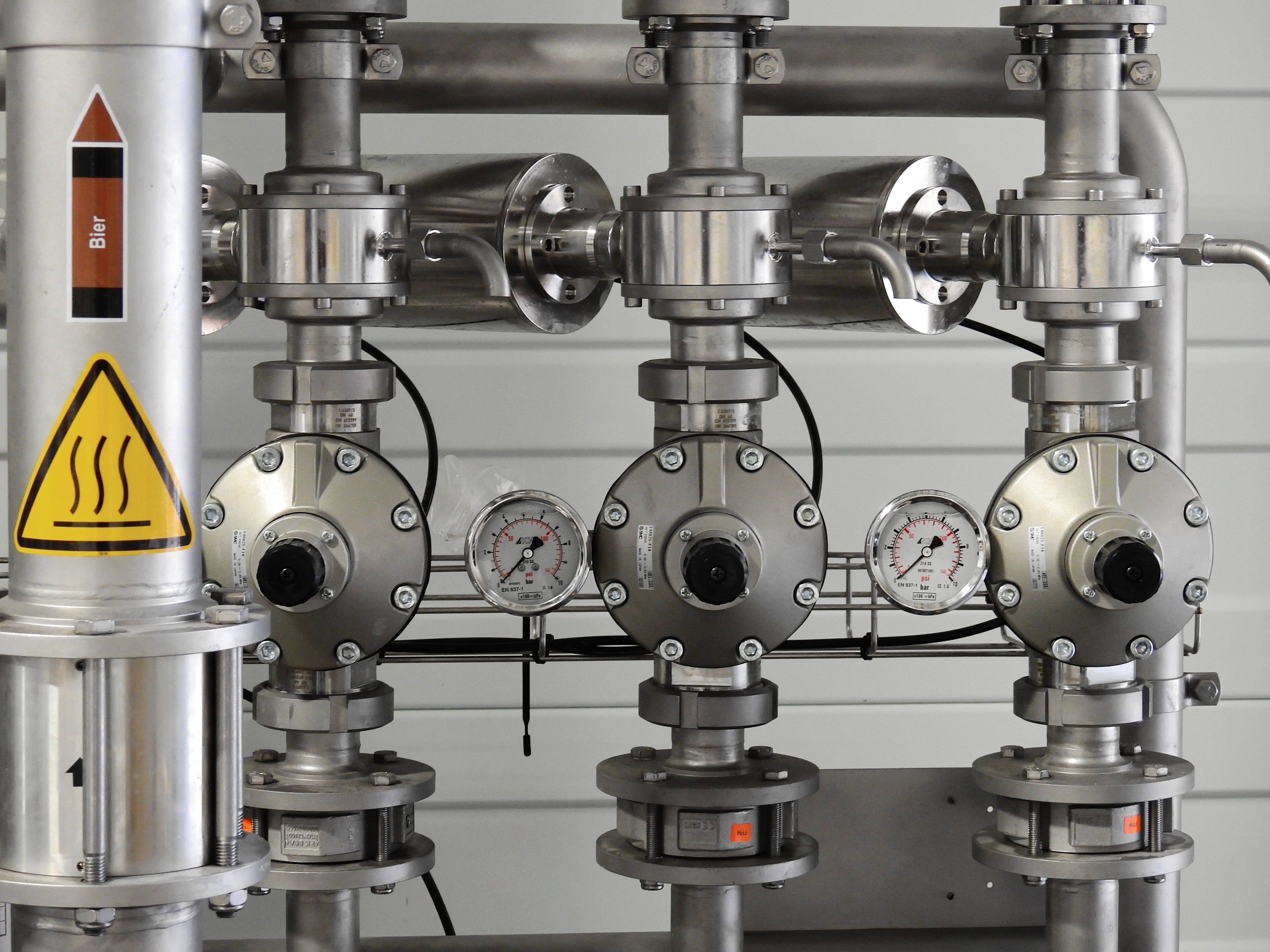Many homeowners overlook the significance of septic tanks risers when they are attempting to maintain septic tanks. These basic, yet essential components allow easy access to the septic tank making regular inspections, pumping and other maintenance tasks a lot simpler. Installing risers on your septic system eliminates the need to dig up the soil for each service. This saves time and energy, but also helps to minimize disruption of your landscape. Septic tank risers will also decrease the risk of accidents and injuries that could be sustained during maintenance, as they provide a safe and easily accessible entry point to the tank.

Controlling effluent is also an essential element of maintaining an efficient system. The liquid waste that is released from the septic system in the drainfield for further treatment is referred to as effluent. It’s made up of bacteria, water and organic matter. As time passes, the solid particles in the effluent can sit at the bottom of the tank and create layers of sludge. If not dealt with promptly, the sludge may get accumulated and cause a blockage to the system, leading to backups, foul-smelling odors, and possibly destruction to the drainage field. Regular pumping and control of effluent ensures that the septic tanks operate efficiently, avoiding blockages and extending their lifespan.
Proper drainage is an essential component of the functionality of a septic tank. The wastewater that leaves your property is taken into the septic system and goes through an evaporation process. Solid waste settles at bottom while oil and lighter substances float towards the top, forming an scum layer. The remaining liquid, also known as effluent, exits the tank and enters the drain field for further absorption and filtration into the soil. A properly designed drainage system allows for a smooth flow of effluent, to avoid flooding and backups. It is important to keep the drainage pipes clear of roots, debris and other obstructions which can block the effluent. Regular maintenance and inspections of the drainage system can prevent expensive repairs and environmental contamination.
Selecting the best septic tank for your home is an important choice that could have long-term consequences for your property’s sanitation and efficiency. With a variety of options on the market, it’s important to consider several factors before making a choice. Choose the dimensions of your septic system based on the average consumption of water for your household as well as the number of people living in the home. For large families or property that has frequent guests, a bigger tank will be required. The second thing to consider is the tank’s material. Plastic, fiberglass, and concrete are all popular choices. Each material offers advantages and disadvantages with regard to cost, durability and maintenance. In addition, you should check the rules and standards set by the local authorities concerning the installation of septic tanks. It is essential to select one that is in compliance with the necessary standards and complies with any specific guidelines. For more information, click Drainage
Get in touch with a professional who installs septic tanks. They can provide you with expert advice in relation to your soil kind and topography. If you take your time in evaluating these elements and other factors, you can select the septic tank that best suits your home’s requirements and ensures a reliable and efficient water management system.
For a reliable and healthy septic system, it is important to ensure that the septic tank is functioning properly and is maintained. It also helps to install risers and maintain the proper drainage. Septic tanks function as the main treatment system for household wastewater, while the management of effluents ensures safe disposal of treated liquid waste. Risers offer easy access to the tank, making maintenance easier and safer. Additionally, proper drainage allows for the smooth flow of effluent, preventing backups and system failures. Homeowners can help create a healthy, safe, and environmentally sustainable living conditions by focusing on and observing these elements and regular maintenance guidelines.